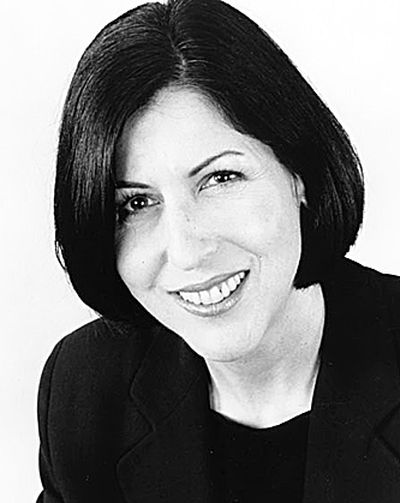Medical tourism sends a message

Is “medical tourism” – Americans going abroad for cheaper treatments – good or bad? The answer is “yes.” It’s both. But one thing is for sure: Medical tourism is here to stay. A new study by the Deloitte consulting firm forecasts that the number of Americans going abroad for care, 750,000 last year, will explode to 10 million by 2012.
I fancy myself something of a pioneer in this. Way back in 2000, I traveled to Canada for Lasik eye surgery to correct my nearsightedness. Lasik in the United States then generally cost $4,000 versus the $1,000 being charged in Toronto.
The Canadian clinic was quite spiffy – high up in a skyscraper with sweeping views of Lake Ontario. It was Memorial Day weekend in the United States. My countrymen from Cleveland, Detroit and Dallas had joined me in using the time off to fix our myopia.
Believe me, price wasn’t the only factor. I would not have let an amateur apply a laser to my eyeballs just to save a few thousand bucks. But the clinic came highly recommended, and at the time Canadian doctors had more experience with Lasik surgery than most of their American colleagues.
After the outpatient procedure, two Canadian friends came to the clinic and immediately took me (in my funny protective sunglasses) to a festive evening of eating and shopping on College Street. That’s medical tourism.
And it’s come a long way since then. U.S. citizens fly huge distances to state-of-the art medical facilities in Asia and Latin America for cataract removals, hernia operations or even heart surgery. They go to such modern facilities as the Bumrungrad hospital in Thailand, the Wockhardt hospitals in India or the Parkway Health chain in Singapore.
Two top-notch American medical centers – Mayo and Johns Hopkins – have established operations in the Mideast and Asia. And Christus Health, a large Catholic nonprofit based in Texas, owns six hospitals in northern Mexico.
The obvious customers for medical tourism are the uninsured, who have to pay the entire cost of their care. Good foreign facilities offer many common treatments at 15 percent of the U.S. price, according to Deloitte’s calculations. The attraction is obvious, and not just to patients without coverage. Some U.S. employers who cover their workers now pay for treatments abroad.
This is nothing less than the globalization of medical care. Economists used to say that health care was the one thing that couldn’t be outsourced. Shortly after, American medical centers started sending X-rays to India for analysis. It was just a matter of time before the patients followed their photos.
As you can imagine, some members of the American medical establishment are not happy about the foreign competition. The Deloitte study predicts medical tourism may cost the U.S. health care sector $162 billion in business by 2012.
What does this all mean for American medical providers? It means they had better get cracking on supporting a national health care system that insures everyone and controls costs. Clearly, they no longer have a monopoly hold on the U.S. consumer.
Medical interests are already lobbying their elected officials to make it harder for Americans to seek medical care in other lands – “for the good of patient safety,” of course. We’ve already seen drug makers try to stop Americans from getting cheaper prescriptions in Canada and Mexico. This doesn’t work when the price differentials are enormous.
The wiser path is to offer American consumers a better deal and let the cost of travel give domestic providers a competitive advantage. Most patients would rather have medical treatment close to home, anyway. I know I would have.